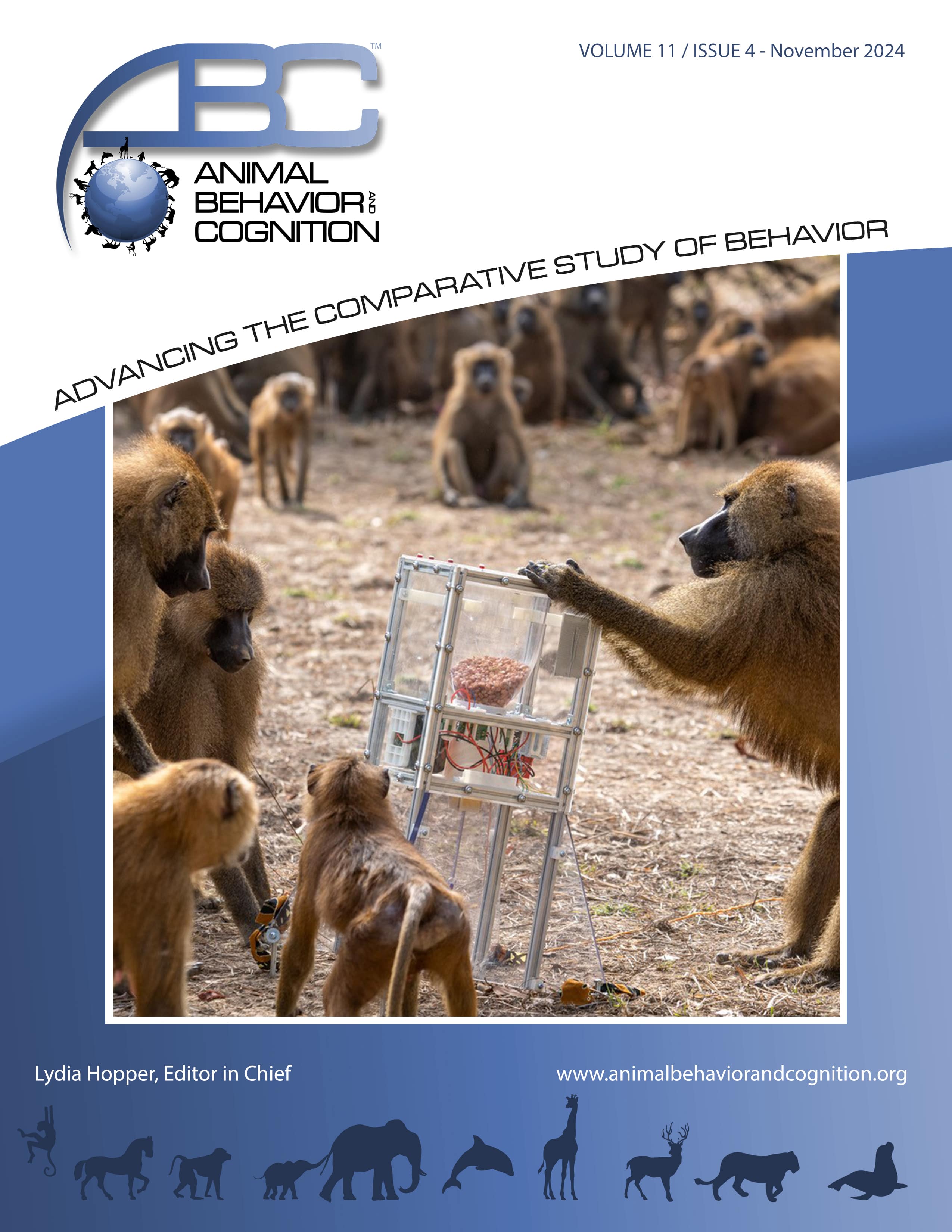Vol 11, Issue 4, November 2024
How Do Perceptions of Zoo Animal Welfare Influence Public Attitudes, Experiences, and Behavioral Intentions? A Mixed-Methods Systematic Review
Citation
Phillips, N., Maréchal, L., Ventura, B., & Cooper, J. (2024). How do perceptions of zoo animal welfare influence public attitudes, experiences, and behavioral intentions? A mixed-methods systematic review. Animal Behavior and Cognition, 11(4), 404-431. https://doi.org/10.26451/abc.11.04.05.2024
Abstract
The public expects zoos to provide high standards of animal care. Failing to meet public expectations can have detrimental impacts on public experiences and behavior, which in turn can compromise zoos’ organizational goals relative to conservation and public education. Despite increased research interest in understanding how the public perceives animal welfare in zoo settings, to date the factors that influence such perceptions are still unclear. To address this gap in knowledge, we conducted a mixed methods systematic review using a PRISMA approach to identify the factors that influence public perceptions of zoo animal welfare and the potential ramifications of these perceptions on public attitudes, experiences, and behaviors. A total of 114 peer reviewed journal articles were analyzed: 43 provided qualitative data for thematic synthesis and 85 reported quantitative data for content analysis. Three main groupings were identified that impacted public perception of animal welfare in zoos: human, animal, and environmental factors. Within the human factors, ethical justifications, direct interactions, and inappropriate visitor behaviors were important. For the animal factors, animals’ behavior, apparent health status, and the suitability of certain taxa for captivity were found to be key. Finally, several aspects of the environment - conditions of the facility, the exhibit, and welfare-related educational material – were influential. Overall, negative perceptions of animal welfare resulted in negative visitor attitudes towards zoos, detrimentally impacted experiences, and lowered likelihood to visit zoos and engagement in conservation efforts. The articles in this review provided valuable insights into the factors affecting public perception of zoo animal welfare; however, future research may benefit from a more structured approach to increase comparability and validity of results across studies. We conclude by proposing seven recommendations to increase the robustness and validity of future research in this area.
Keywords
Human-animal interactions, Animal-visitor interactions, Visitor perceptions, Visitor behaviors, Welfare perceptions, Zoo research
